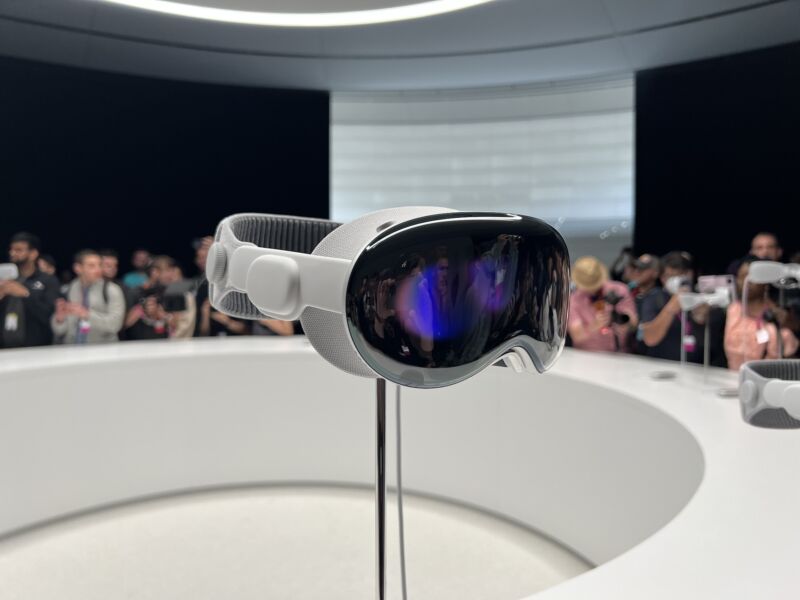
When it jumps into a new market for the first time, Apple has a long history of releasing intriguing first-generation devices, followed by second- or third-generation revisions that realize the full potential of the original idea. Examples of this phenomenon include the second-generation iPod, which expanded compatibility beyond the Mac; the iPhone 3G refresh that increased cellular data speeds and ushered in the App Store; the 2010 MacBook Air refresh that switched to all-SSD storage and defined the template for the modern laptop; and the long-lived iPad 2, which did most of the same things as the first iPad but in a much faster and lighter package.
Apple is already working on a next-generation version of its Vision Pro headset to address early complaints about the as-yet-unreleased first-generation model, according to Bloomberg's Mark Gurman. The headset's roughly 1-pound weight has apparently "caused neck strain" among some testers, and Apple allegedly sees the not-yet-finalized optional top strap as an imperfect solution to the problem. Apple also wants to reduce the device's size along with its weight.
Apple is also considering changing the way that prescription lenses are built into the headset. The initial version will use interchangeable Zeiss lenses that attach to the headset magnetically, but next-gen versions could have prescription lenses built-in during manufacturing.
Though Gurman says the interchangeable lenses have been "a headache for Apple's operations teams," it's hard to see how built-in custom-order lenses would make that any easier. It doesn't solve the core problem—the company would still need to offer "thousands of different lens combinations," and it would essentially need to build each individual headset to order. Apple generally goes out of its way to avoid building different versions of its products for different users, to simplify manufacturing; iPhones worldwide switched to USB-C ports this year, even though only a few countries have instituted regulations requiring them.
A built-in prescription lens would also make headsets harder to share, reuse, or resell, and it couldn't be switched out if a person's prescription changed.
A smaller, lighter model is just one of the possible avenues that Apple is exploring for a follow-up. Apple is also looking into "a lower-end model," not a huge surprise given that the initial Vision Pro's $3,499 price tag is more than many people are going to be able to afford. "A more powerful version" is also being considered, though it's not clear whether that's a reference to normal generational processor improvements (going from an M2 to an M3, for example) or jumping up to the Pro or Max chip tiers to provide more performance for gaming or other possible use cases.
Gurman says that Apple's internal teams have shifted to next-gen headsets because the first-gen Vision Pro hardware "has been ready to go for months." But Apple is still working on the software and development tools ahead of the early 2024 launch window—the fourth beta of visionOS and its SDK went out about a week ago. Apple is offering a limited version of the headset to developers who want to test on real hardware, but for those who can't afford it (or whose applications are rejected), the company is also hosting developer labs and allowing devs to submit their app previews to a team at Apple that will check the apps for compatibility problems.
reader comments
143